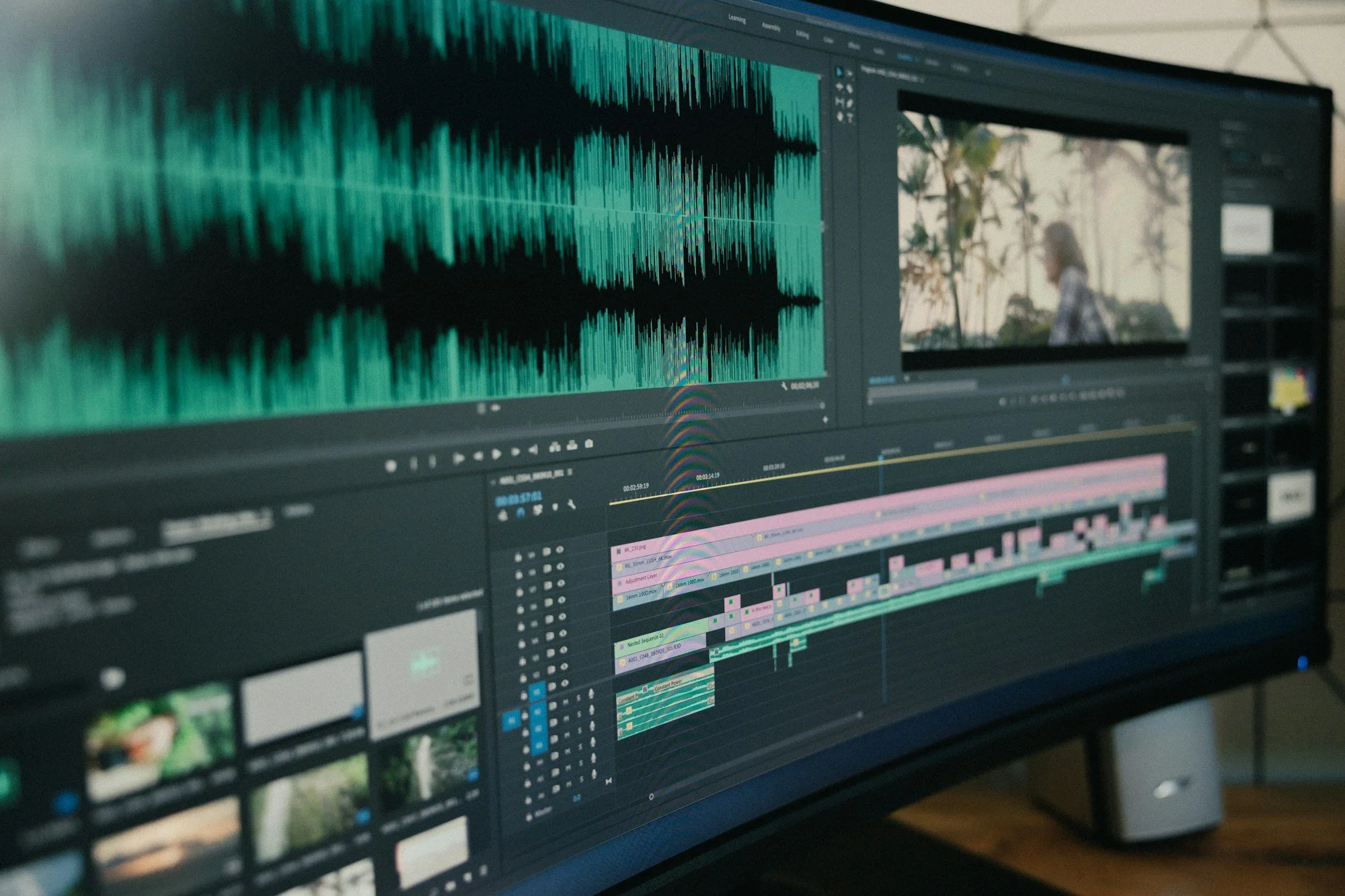What Makes Great Museum-Ready VR Movies?
The difference between a forgettable VR movie and one that transforms visitors lies in careful attention to fundamental storytelling principles. Great museum-ready VR movies share common characteristics: they balance educational depth with compelling narratives, maintain technical excellence without sacrificing accessibility, and respect their subject matter while sparking genuine curiosity.
Creating effective VR movies for museums requires more than advanced technology. The most successful productions demonstrate mastery of visual storytelling, thoughtful pacing, authentic content creation, and inclusive design. These elements work together to create immersive video experiences that educate, engage, and inspire diverse audiences while supporting institutional learning objectives.
The Art of Immersive Educational Storytelling
Exceptional VR movies begin with compelling narratives that weave educational content effortlessly into engaging stories. The most effective productions feature relatable protagonists who guide viewers through complex topics, making abstract concepts tangible and memorable. Whether exploring deep-sea ecosystems or historical events, these stories create emotional connections that enhance learning retention.
Successful educational narratives employ a layered approach to information delivery. Rather than overwhelming viewers with facts, quality VR movies reveal insights progressively as audiences explore virtual environments. This method encourages active discovery while building understanding systematically, ensuring that each revelation feels natural and purposeful.
The key lies in balancing guided storytelling with viewer agency. While the narrative provides structure and direction, interactive elements allow audiences to investigate details that spark their curiosity.
Technical Excellence: The Foundation of Immersion
Visual fidelity serves as the cornerstone of effective VR movies. High-resolution environments and accurate modeling create convincing virtual worlds that support educational objectives rather than distract from them. Superior graphics enhance presence, helping viewers forget they're in a museum and feel transported to new realms of discovery.
Audio design plays an equally crucial role in creating believable experiences. Spatial soundscapes provide contextual information while directional audio cues guide attention naturally through scenes. When a dinosaur roars behind viewers or ancient machinery clanks to life around them, these auditory elements reinforce the illusion and strengthen memory formation.
Pacing in VR movies requires careful calibration. Unlike traditional films, these experiences must accommodate exploration time while maintaining narrative momentum. Thoughtful timing allows audiences to absorb information thoroughly without feeling rushed, creating satisfying experiences that encourage repeat visits.
Ensuring Educational Integrity and Cultural Authenticity
Museums stake their reputations on accuracy, making factual precision non-negotiable in VR movie production. Collaboration with subject matter experts ensures that every detail, from historical costume design to scientific processes, reflects current scholarly understanding. This attention to authenticity builds trust with audiences and enhances the educational value of the experience.
Cultural sensitivity extends beyond mere accuracy to embrace inclusive representation. Quality VR movies present diverse perspectives and acknowledge multiple viewpoints, enriching understanding while respecting historical and cultural complexities. This approach broadens audience appeal while fulfilling museums' educational missions.
Additionally, research integration requires balancing comprehensive information with narrative flow. The most successful VR movies embed verified knowledge within compelling storylines, avoiding information dumps that can overwhelm viewers. This integration maintains engagement while delivering substantive educational content.
Designing for Universal Access
Accessibility considerations shape every aspect of museum-ready VR movies. Multiple language options, adjustable audio levels, and clear visual cues ensure that diverse audiences can engage fully with the content. Subtitle options and audio descriptions accommodate visitors with hearing or visual impairments, expanding access to immersive learning experiences.
Physical accessibility extends to hardware design and installation planning. Comfortable seating options and intuitive controls accommodate visitors of varying ages and abilities. These considerations ensure that VR movies serve all museum guests, not just those comfortable with new technology.
Cognitive accessibility involves simplifying navigation while maintaining educational depth. Clear instructions and intuitive interfaces help visitors focus on learning rather than struggling with technology. This user-centered approach creates inclusive experiences that welcome diverse learning styles and technological comfort levels.
Strategic Implementation for Museums
Selecting appropriate VR movies requires careful alignment with institutional goals and exhibit themes. Museums must evaluate how each production supports their educational mission while considering practical factors such as audience capacity, space requirements, and staff training needs.
Collaboration between curators, educators, and content creators proves essential for successful implementation. Early planning ensures that VR movies integrate smoothly with existing exhibits while complementing broader educational objectives. This partnership approach maximizes both educational impact and operational efficiency.
Pilot testing with target audiences provides valuable insights into content effectiveness. Feedback from these sessions informs final adjustments, ensuring that productions achieve their intended learning outcomes while delivering satisfying visitor experiences.
Creating Lasting Educational Impact
Museum-ready VR movies represent a transformative approach to educational content delivery. By combining immersive storytelling with rigorous educational standards, these productions create memorable learning experiences that inspire continued exploration long after visitors leave the museum.
The key to success lies in the thoughtful integration of narrative design, technical excellence, cultural authenticity, and universal accessibility. When these elements work in harmony, VR movies become powerful educational tools that enhance museum missions while delighting diverse audiences.
Hammer & Anvil has pioneered this field with our ALICE (Advanced Learning Immersive Cinema Experience) theater. Our approach demonstrates how expertly crafted VR movies can integrate with museum exhibits, creating engaging educational experiences that balance entertainment with scholarly precision. By combining historical accuracy with compelling visual narratives, ALICE shows the tremendous potential of immersive cinema to transform museum education for the digital age. Museums can book the ALICE for a limited run, then easily bring it back the following year with new content. Connect with us to find out more.


